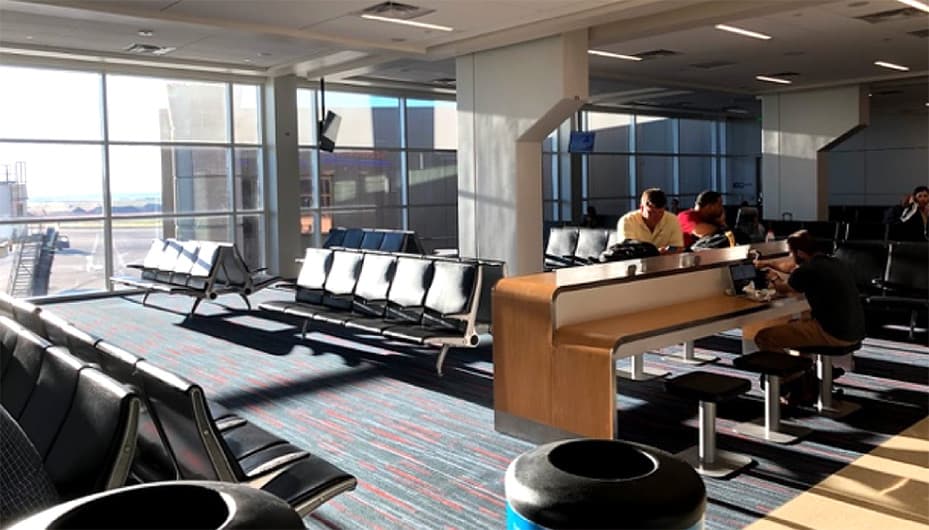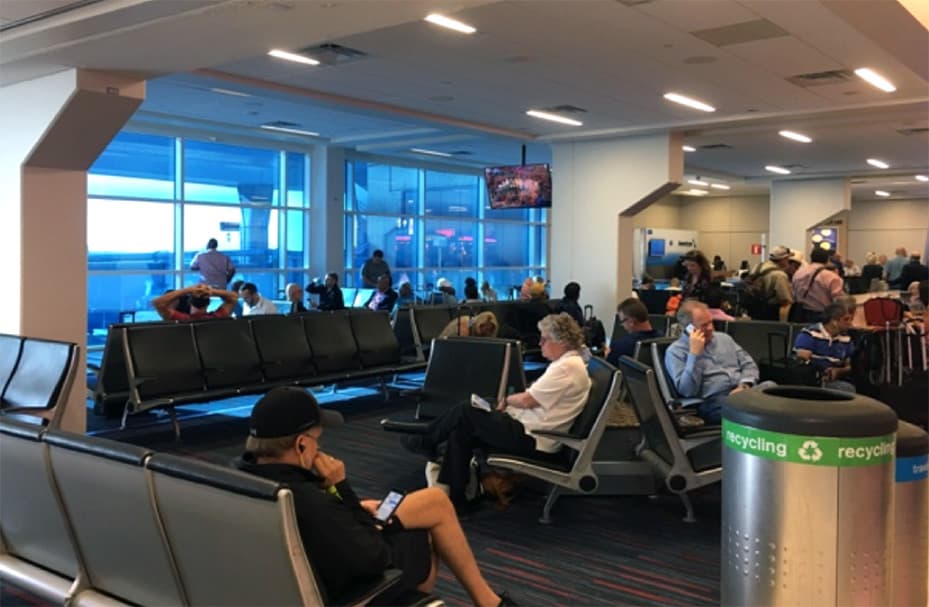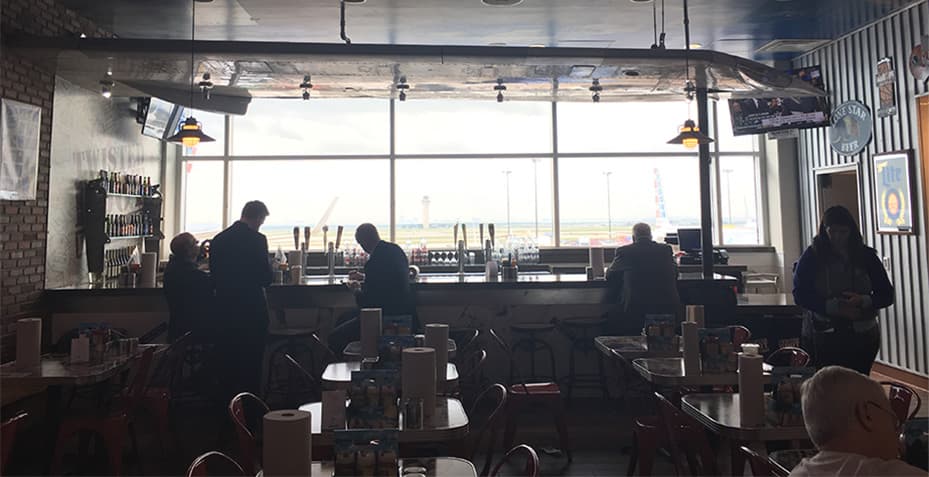
New Research - Dynamic Glass & The Airport Passenger Experience
Earlier this year, we launched the first step of an ambitious human factors research initiative to help us better quantify how dynamic glass impacts productivity, health and wellness in the workplace.
The study found that optimizing the amount of natural light in an office significantly improves health and wellness among workers, leading to gains in productivity and a reduction in the symptoms associated with extended computer work.
Today, we’re sharing the results of our second research study on the impact of natural light on occupant comfort. Instead of limiting ourselves to offices, we studied one of the most hectic environments in modern society – the airport. Our goal was to determine if dynamic glass and improved natural light could enhance passenger experience and comfort in a quantifiable way.
We all know that tug of anxiety that you feel when entering an airport. First, there’s the security line to traverse. Then there’s the time it takes to make your way to your terminal and gate. On top of that there’s the poor acoustics and the inevitable glare of the sun that makes for an uncomfortable wait before your flight. We firmly believe that airports don’t need to increase stress and fatigue.
We’ve partnered with Dallas Fort Worth (DFW) Airport, and an independent aviation market research group to contrast the experiences of passengers in airport gates with traditional windows to passengers in airport gates with intelligent dynamic glass.
Key findings of the study include:
· Seating with a view matters.
Passengers prioritize access to natural light and views of the airfield ahead of proximity restrooms and televisions and even electrical outlets. With dynamic glass installed in fully operational boarding area, 84 percent of passengers sought a seat closest to a window. When asked, passengers preferred the light quality of the dynamic glass 3 to 1 over conventional glass.
· Dynamic Glass increases passenger comfort by keeping the heat out.
Even with moderate outdoor temperatures of 55F, infrared imaging showed dynamic glass reduced surface temperatures up to 15 degrees on seats, carpets, passenger clothing and skin compared to the gate with conventional glass. This improvement in thermal comfort promotes greater passenger delight and enables reduced use of HVAC systems for cooling.
· Passenger comfort translates to longer dwell times.
Survey results found that passengers seated next to dynamic glass stayed 83 percent longer than passengers seated next to conventional glass. Passengers were better able to use devices like smartphones, laptops and tablets without glare or discomfort.

Without View Dynamic Glass (GATE A25: Conventional Glass)

With View Dynamic Glass (GATE A28)
· Improved comfort drives revenue.
In addition to the installation of dynamic glass at an active gate, it was also installed in one of the airport’s busiest restaurants, the Twisted Root. Following the installation, patron and employee comfort significantly increased, leading to additional revenue. In fact, the restaurant saw a 102 percent year-over-year increase in concession sales over a six month period, compared to the same 6 months the year before.

BEFORE: Conventional Glass at the Restaurant

AFTER: With View Dynamic Glass
As you can imagine, we’re encouraged by these findings and believe they validate the already intuitive value dynamic glass provides in the airport passenger experience.
View has installed dynamic glass at several U.S. airports including: Boston Logan International Airport (BOS), Charlotte-Douglas International Airport (CLT), San Francisco International Airport (SFO), and Seattle-Tacoma International Airport (SEA).
There is a lot more to unpack from this study, so be sure to read the full report and stay tuned for more human factors research from View and leading researchers coming soon.